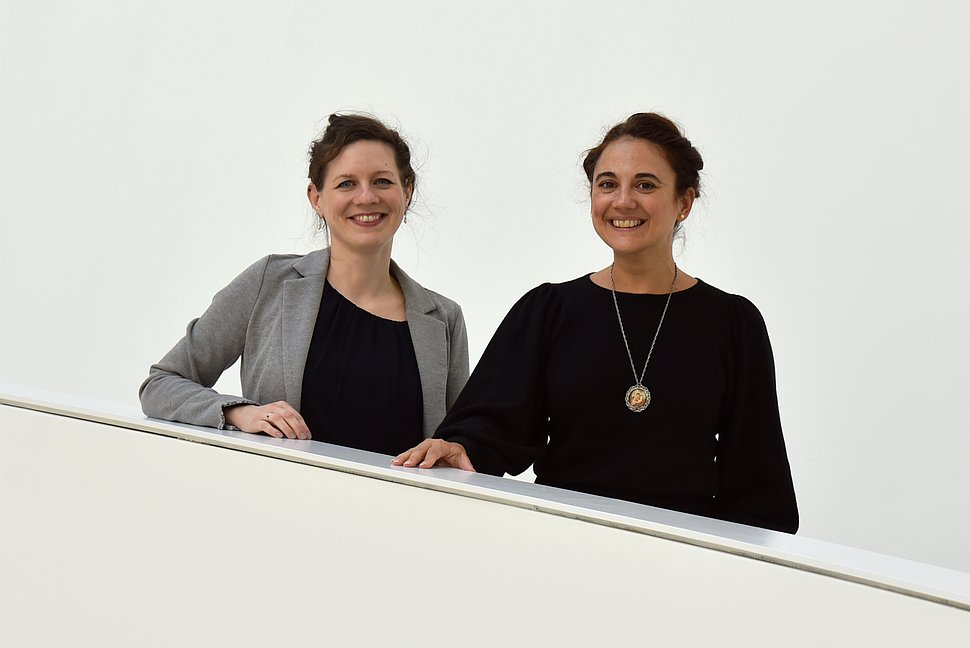Improving quantum communication and computing with PALANTIRI
Birgit Stiller and Silvia Viola-Kusminskiy of MPL are working towards making long-distance quantum communication and wireless communication more efficient as part of an EU Pathfinder research project named PALANTIRI.

Quantum computers could become one of the next, major leaps in technology. They should enable to solve complex problems in mathematics and physics where traditional supercomputers would fail due to the computational effort involved. Alternatively, quantum computers can also be used with their strong computing power to break encryption previously considered secure or, in quantum communications, to create new, even more secure encryption methods.
One problem in this quest is, however, the coherent transfer of information at microwave frequencies, the usual scale for wireless networks and superconducting qubits (the backbone of quantum computers) to optical frequencies, the optimal scale for information sharing over long distances.
This is where the "Phase-sensitive Alteration of Light colorAtioN in quadriparTIte Ring cavIties" project (PALANTIRI) comes in. The project, which is funded with 3.3 million by the European Union's Pathfinder Initiative, is intended to help improve the efficiency of coherent transduction for quantum communication and computing. In practice, coherent transduction has so far proved difficult to implement, especially with a high efficiency. The goal of the project group is to combine a team of four – microwaves, acoustic phonons, magnons and optical photons – into a single platform to build a high-efficiency device for quantum transduction. They will create a resonator made of the material yttrium iron garnet, which will enhance the interaction of all four parts with the final goal of a unity conversion rate.
The project combines expertise from seven leading partners, amongst them MPL, represented by research group leaders Birgit Stiller and Silvia Viola-Kusminskiy. Their expertise is experimental optoacoustics (Stiller Research Group) and theoretical optomagnonics (Viola-Kusminskiy Research Group).
Photo (MPL): Birgit Stiller (left) and Silvia Viola-Kusminsky (right).
Contact
Stiller Research Group
MPI for the Science of Light
Staudtstr. 2
D-91058 Erlangen, Germany





